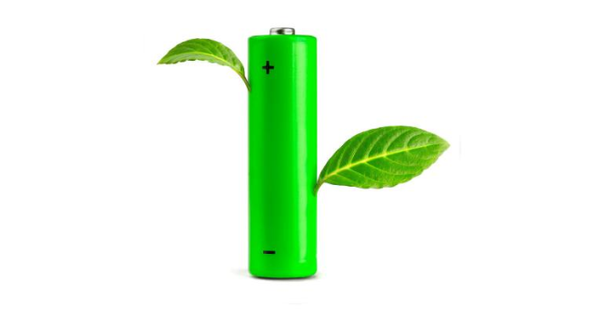The researchers discovered an organic molecule, saffron acid, that could boost the voltage range of today's lithium-ion batteries.
Researchers have made significant progress in developing inexpensive and high-energy lithium-ion batteries by using organic molecules with high-voltage potentials as the battery's cathode.
A joint research team from Tohoku University and the University of California, Los Angeles has created a lithium battery that replaces most current lithium ions with croconic acid as the cathode. The cathode in batteries, lithium-ion batteries are usually composed of lithium and metals such as cobalt, iron, nickel and/or aluminum.
In fact, traditional lithium-ion batteries rely on rare materials such as cobalt and lithium, which can be difficult to obtain, inhumane and expensive. On the other hand, organic batteries utilize naturally abundant elements such as carbon, hydrogen, nitrogen and oxygen, which not only make them more environmentally friendly, but also less expensive.
Another advantage of organic batteries is their higher theoretical capacity than conventional lithium-ion batteries, the researchers say, because the use of these organic materials makes the batteries lighter.
The team's breakthrough paves the way for the future development of metal-free, high-energy and inexpensive lithium-ion batteries that can meet the energy demands of next-generation devices, the researchers said.
However, a disadvantage of organic batteries to date is that most reported batteries operate at relatively low voltages, between 1 volt and 3 volts; therefore, greatly increasing the voltage has been the goal of scientists studying these batteries .
high pressure potential
The Northeastern University/University of California, Los Angeles (UCLA) research team achieved this with saffron acid, which can maintain a robust operating voltage of about 4 V when used as a cathode material for lithium-ion batteries. The research team consisted of Tohoku University chemistry professor Itaru Honma and chemistry assistant professor Hiroaki Kobayashi, and UCLA graduate student Yuto Katsuyama.
"We have investigated the electrochemical behavior of saffron at high voltages above 3 volts through theoretical calculations and electrochemical experiments," Kobayashi said in a press release. A very high theoretical energy density of 1949 Wh/kg, greater than most inorganic and organic lithium-ion batteries."
Saffronic acid is a substance in which five carbon atoms are interconnected in a pentagon; each carbon atom is bound to oxygen. The material also has a high theoretical capacity of 638.6mAh/g, which is much higher than that of lithium cobalt oxide, a cathode material for traditional lithium-ion batteries. The capacity of lithium cobalt oxide is only about 140mAh/g.
The research team published a related paper in the journal Advanced Science.
future development
The researchers were not able to reach the theoretical capacity of saffron in their study; however, they remain optimistic that they could eventually develop a stable electrolyte under high pressure and chemically modify saffron. achieve this goal.
The fact that most electrolytes cannot function at the strong operating voltages of saffron acid makes the development of new electrolytes a critical next step in the development of these organic batteries, according to the researchers.
They say the research team plans to explore how small organic molecules, such as crocus acid, can be stabilized by appropriate structural modifications to achieve greater capacity and reversibility.

